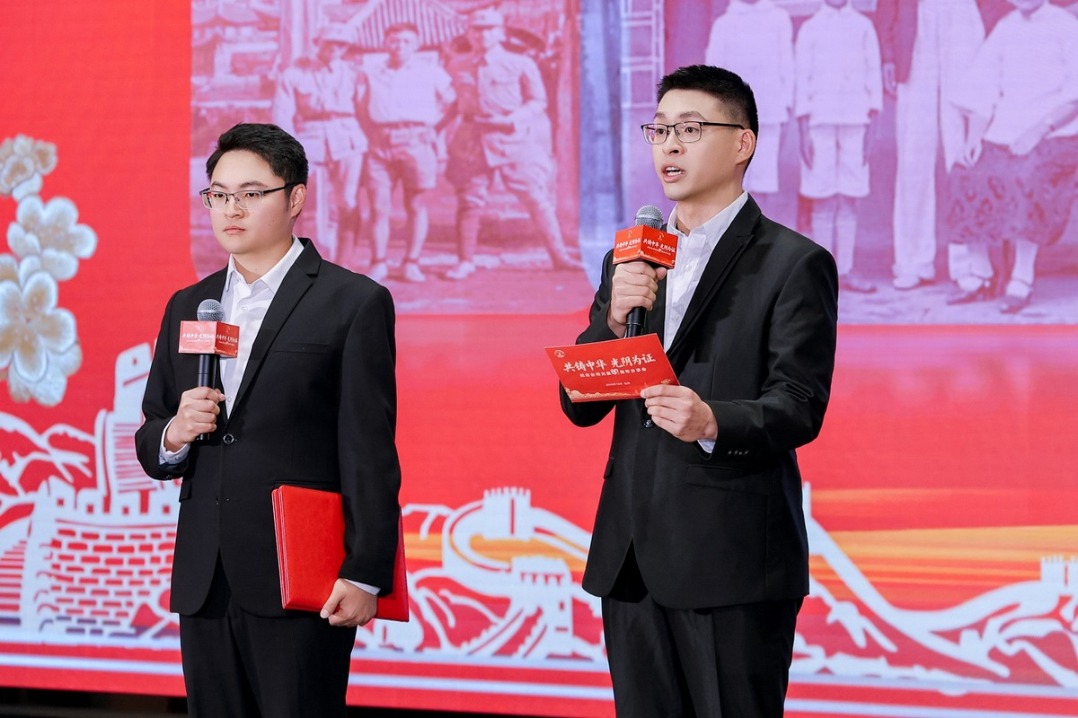Chongqing becoming green logistics hub


He also said it should continue to be an anchor of inland development, a driver in advancing the BRI and a leader in green development in the Yangtze River Economic Belt.
Like other landlocked regions in the west, logistical problems held Chongqing back for hundreds of years. Recently, the municipality has invested heavily in its transportation infrastructure. It boasts a large river port, an international airport and a railway network that has helped it become an international trade and logistics hub connecting China, Europe and Southeast Asia.
Equipped with high-tech port and logistics management, Guoyuan Port can deliver freight using intermodal transport to over 200 countries and regions via the China-Europe (Chongqing) Express and the New International Land-Sea Trade Corridor.
In May, a train loaded with 60 containers of mechanical devices, electronic components and auto parts departed from Guoyuan Port. After arriving in Lincang, Yunnan province, the cargo was transported by road to Mandalay in Myanmar, a journey that also marked the opening of a new international rail service between China and the Southeast Asian country. "The new 2,000-kilometer route takes about 15 days, 20 days less than the traditional route, and reduces logistics costs by 20 percent," said Zhang Jun, president of the South Asia Future Investment Group.
Chongqing is also the headquarters of the China-Singapore (Chongqing) Demonstration Initiative on Strategic Connectivity, which was signed in 2016. This initiated the New International Land-Sea Trade Corridor project in a bid to speed up the opening up and development of the western region.
It enables goods from the western regions to be shipped by road, rail and water to and from countries such as Singapore through the Guangxi Zhuang autonomous region. It also connects Europe with Southeast Asia, with Chongqing as a key rail hub, and reaches 319 ports in 107 countries and regions.
























